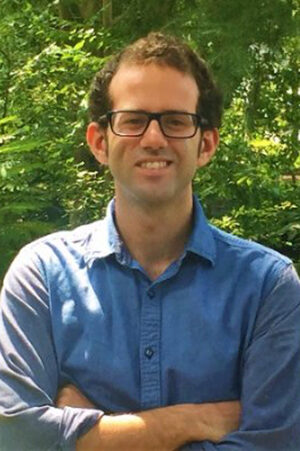September 2, 2020
Stefano Terlizzi, a Woodruff School Ph. D. candidate in nuclear engineering advised by Assistant Professor Dan Kotlyar, has accepted the Deslonde de Boisblanc Distinguished Postdoctoral Associate Appointment at Idaho National Laboratory (INL), where he will work on the analyzing the effect of hydrogen migration and leakage in nuclear micro-reactors.
Terlizzi, before joining Georgia Tech, earned a bachelor’s degree in energy engineering and master’s degree in energy and nuclear engineering, both from Politecnico di Torino. His dissertation titled “On-the-fly Generation of Spatial Transfer Functions for Efficient Monte Carlo-T\H Coupled Calculations” focuses on formulating and implementing a new method to perform coupled full-core Monte Carlo-thermal hydraulics calculations more efficiently.
INL’s Deslonde de Boisblanc Distinguished Postdoctoral Associate Appointment is competitively awarded to early career researchers who embody the spirit of ingenuity of de Boisblanc and who have leadership potential. This highly competitive appointment is intended to recognize distinguished postdoctoral associates and to provide them with experience, mentoring and training to further develop their capabilities.
This appointment is awarded to early career nuclear scientists and engineers to perform leading-edge research and development for advanced power reactor design and development as well as to support operations, safety, fuel management, experiment management and other pertinent activities associated with INL research reactor facilities. The position requires in-depth knowledge of computational and experimental reactor physics, core design optimization, nuclear instrumentation, and thermal-fluids science, as well as experience with established and well-validated reactor analysis tools.
Deslonde de Boisblanc
In 1949, the U.S. Atomic Energy Commission established the National Reactor Testing Station, which is now known as Idaho National Laboratory. Deslonde R.H. de Boisblanc was an important scientist in those early days of the laboratory. He spent 25 years in Idaho Falls, first as the managing director of the National Reactor Testing Station and later at the Atomic Energy Commission.
He is most well-known for designing the familiar serpentine core of the Advanced Test Reactor. In 1959, de Boisblanc came up with an idea to arrange the core into multiple regions with different flux traps, which could operate at different power levels simultaneously. Because of its high-neutron flux and large volume of irradiation space, the ATR lends itself to isotope production as well.
De Boisblanc was a founding fellow of the American Nuclear Society, was listed in “Who’s Who of American Scientists,” and served as an American representative to the Geneva Conventions on the Peaceful Uses of Atomic Energy.

